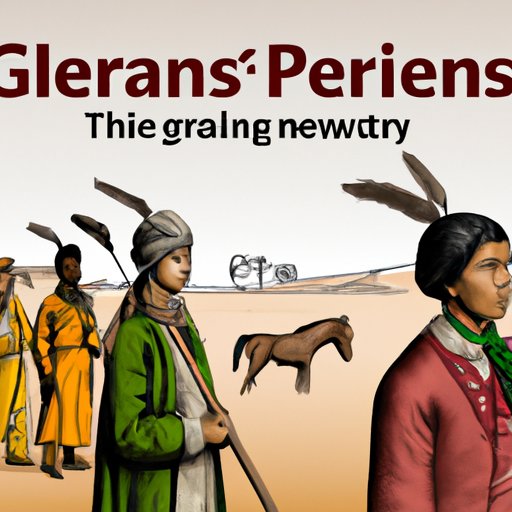Introduction
The Great Plains, stretching from the Rocky Mountains to the Mississippi River, have been home to many different cultures throughout history. In the 19th century, the region was a major destination for American settlers looking to explore and expand their horizons. This article will explore some of the major motives behind the initial migration of Americans across the Great Plains and reflect on the lasting impact of this migration.
Historical Context of Great Plains Migration
In the early 1800s, the United States was still a young nation, and its people were eager to explore and settle new lands. The Louisiana Purchase of 1803 opened up vast tracts of land in the West, which had previously been part of France’s New World colonies. As the U.S. expanded its borders, it sought to occupy these newly acquired territories and encouraged settlement of the Great Plains.
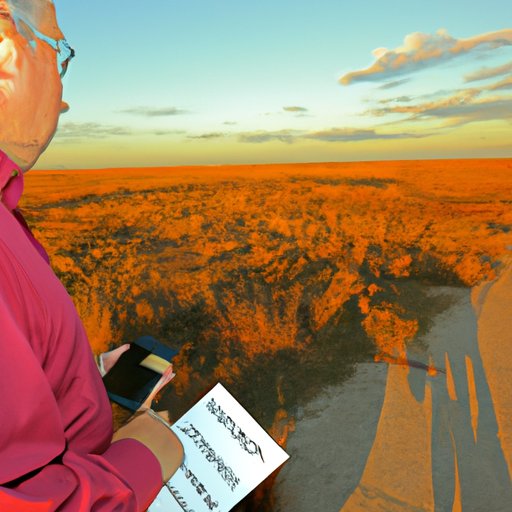
Overview of Major Motives for Migration
The motivations for migrating to the Great Plains were varied and complex. Many settlers were driven by a sense of exploration and adventure, while others sought economic opportunities, religious freedom, or a refuge from conflict. Below are some of the major motives for Americans’ first migration across the Great Plains.
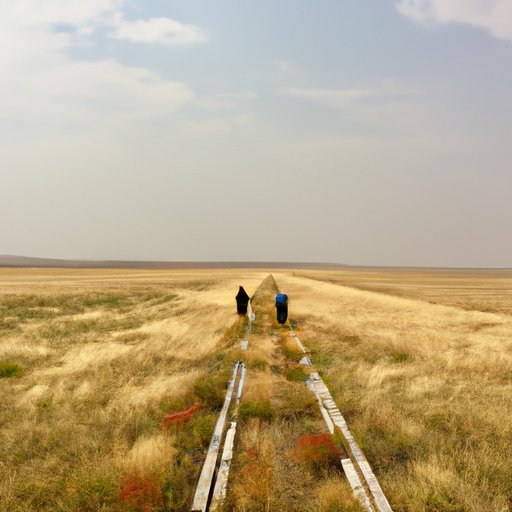
Exploring the Frontier: The Push Westward Across the Great Plains
Many migrants were driven by a desire to explore and settle new frontiers. Expansionism was a key factor in the push westward, with many settlers eager to occupy unclaimed land and spread America’s influence. One of the most famous routes of the era was the Oregon Trail, which connected Missouri to Oregon Territory and was used by thousands of settlers seeking a new life in the West.
Manifest Destiny: The Drive to Occupy the Great Plains
The concept of Manifest Destiny was a powerful motivating force for many of the settlers traveling across the Great Plains. This belief, popularized in the 1840s, held that it was America’s divinely appointed mission to expand its borders and occupy all available land. This idea drove many settlers to leave their homes in search of a better life in the West.
Seeking Opportunity: Economic Motives for Moving West
Economic opportunity was another major factor in the Great Plains migration. The California Gold Rush of 1848-1849 attracted thousands of fortune seekers, while other settlers sought agricultural and mining opportunities in the region. Homesteading became increasingly popular in the late 19th century, with settlers claiming free land in exchange for developing it.
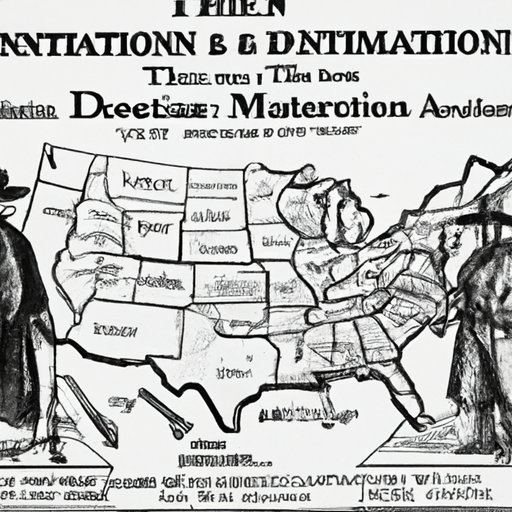
Pursuing Religious Freedom: Emigrants and the Expansion West
For many emigrants, the journey to the Great Plains was motivated by a desire for religious freedom. Groups such as Mormons, Quakers, and Amish established communities in the West where they could practice their faith without persecution. These settlements often provided a safe haven for those fleeing conflict or oppression.
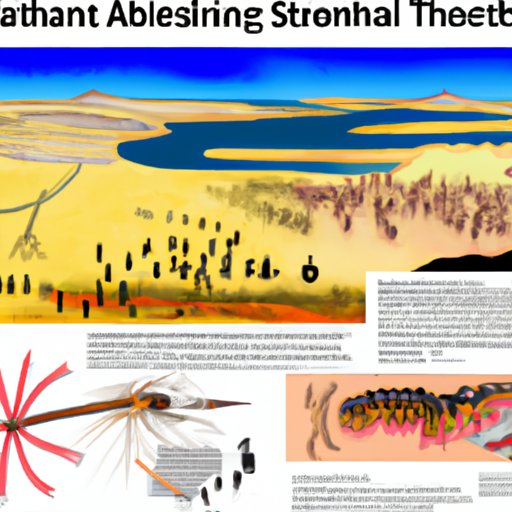
Escaping Conflict: Native Americans and the Western Migration
The Great Plains migration was not without its consequences for the Indigenous peoples who had called the region home for centuries. As settlers moved west, they clashed with Native American tribes, leading to displacement and relocation of Indigenous populations. The Dawes Act of 1887 further exacerbated this conflict by dividing tribal lands into individual allotments.
Adapting to a New Environment: Environmental Impact of Migration to the Great Plains
The settlers who moved to the Great Plains faced a number of environmental challenges. The harsh climate and rugged terrain posed obstacles to farming, while the lack of natural resources necessitated the adoption of new strategies for survival. Settlers quickly learned to make use of the land and its resources, such as hunting and gathering, as well as cultivating crops and raising livestock.
Conclusion
Americans’ first migration across the Great Plains was driven by a variety of factors, from political and cultural beliefs to economic opportunity and religious freedom. This mass movement of people had a profound impact on the region, resulting in the displacement of Native Americans and the development of new strategies for survival. The legacy of this migration is still evident today, as the Great Plains remains an important part of American history and culture.
(Note: Is this article not meeting your expectations? Do you have knowledge or insights to share? Unlock new opportunities and expand your reach by joining our authors team. Click Registration to join us and share your expertise with our readers.)
